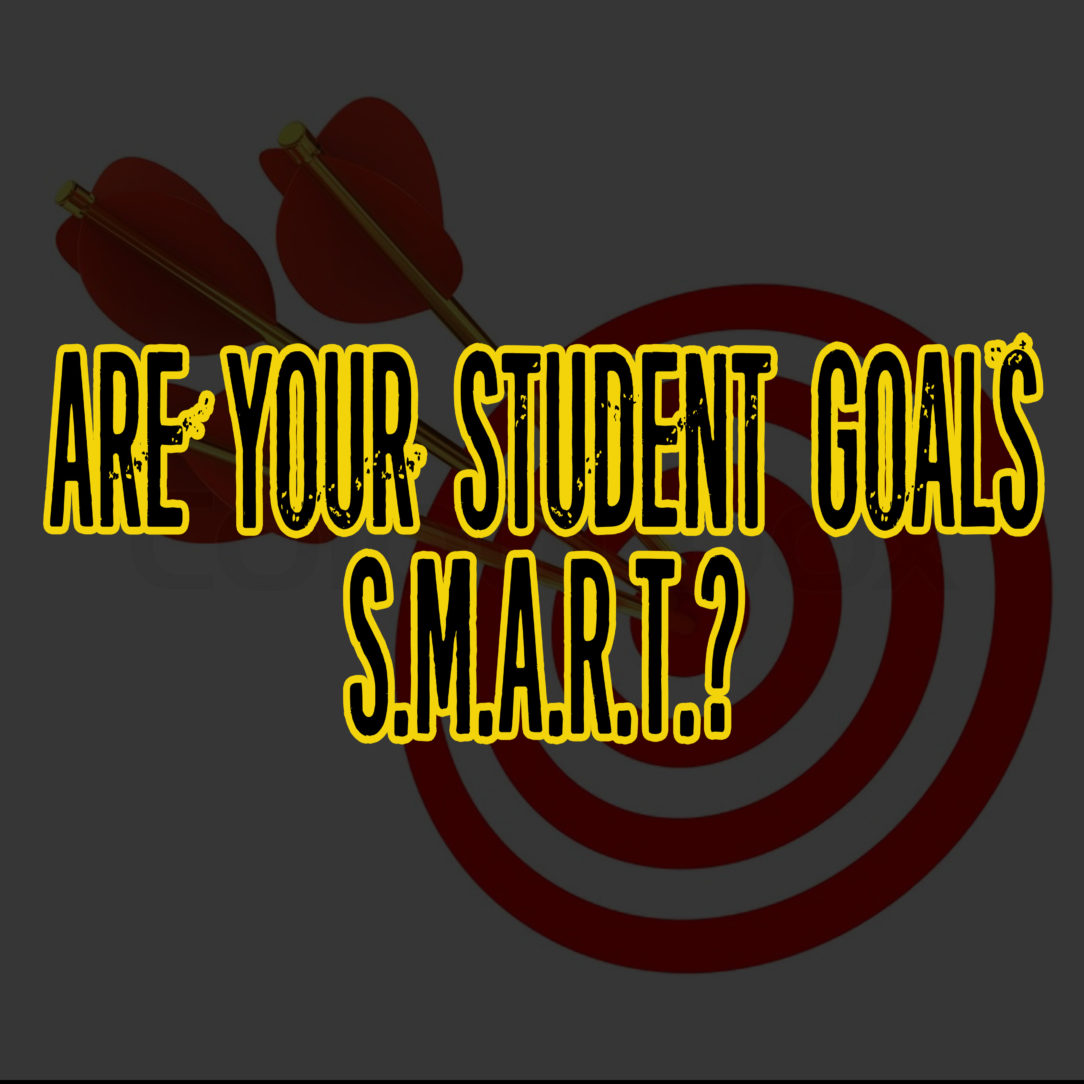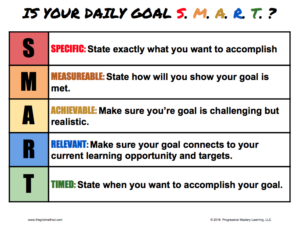Why Should You Have Student’s Write Goals?
Goal writing in your classroom is one of the simplest ways to increase student focus and engage them in the learning they will be working on each day. Having students write goals also increases their accountability and ownership of learning.
If you haven’t heard how awesome goal writing for students is, or how it can save your lesson plan, you should read this.
I could talk all day about the benefits and how to implement goal writing, but what I’d really like to share is how to make your students’ goals better.
Common Problems With Student Goals:
Student goals are only as effective as students make them. If they are writing vague or unrealistic goals, no one is benefitting. In order to help my students with goal writing I tell them to make their goals SMART. You probably already know what SMART stands for, but just in case you need a quick refresher, here’s the breakdown:
S – Specific: Student goals should be specific to the completion or accomplishment of a learning objective. Generalized statements like “I want to work hard” or “I want to do good” are useless for you and your students.
M – Measurable: Student’s should write their goals in a way that is able to be assessed. They should know exactly how they will show completion of the set goal.
A – Achievable: Make sure the goals being written are challenging, but realistic for your learners.
R – Relevant: The goals your students write in your classroom need to connect to the current learning opportunity and target they are working on.
T – Timed: Always ensure that when you have your students write goals, they have a timeframe in mind. Most of the time this will be by the end of the day or class. Larger goals could be weekly. However, short term goals tend to motivate better.
The bottom line is that students don’t come to your classroom knowing how to write good goals or set targets for themselves. This is a great skill that, if you take the time to teach them, can greatly benefit your students in your classroom AND in their life outside of school.
At the beginning of the year, or when you start to implement goals, make sure you model what a good and bad goal looks like. Discuss your expectations so that your students don’t create bad habits.
You can even post signs in your room as a reminder. I’ve created one just for you. You can download it HERE!
How do you teach your students to right goals? I’d love to hear about it in the comments below!





